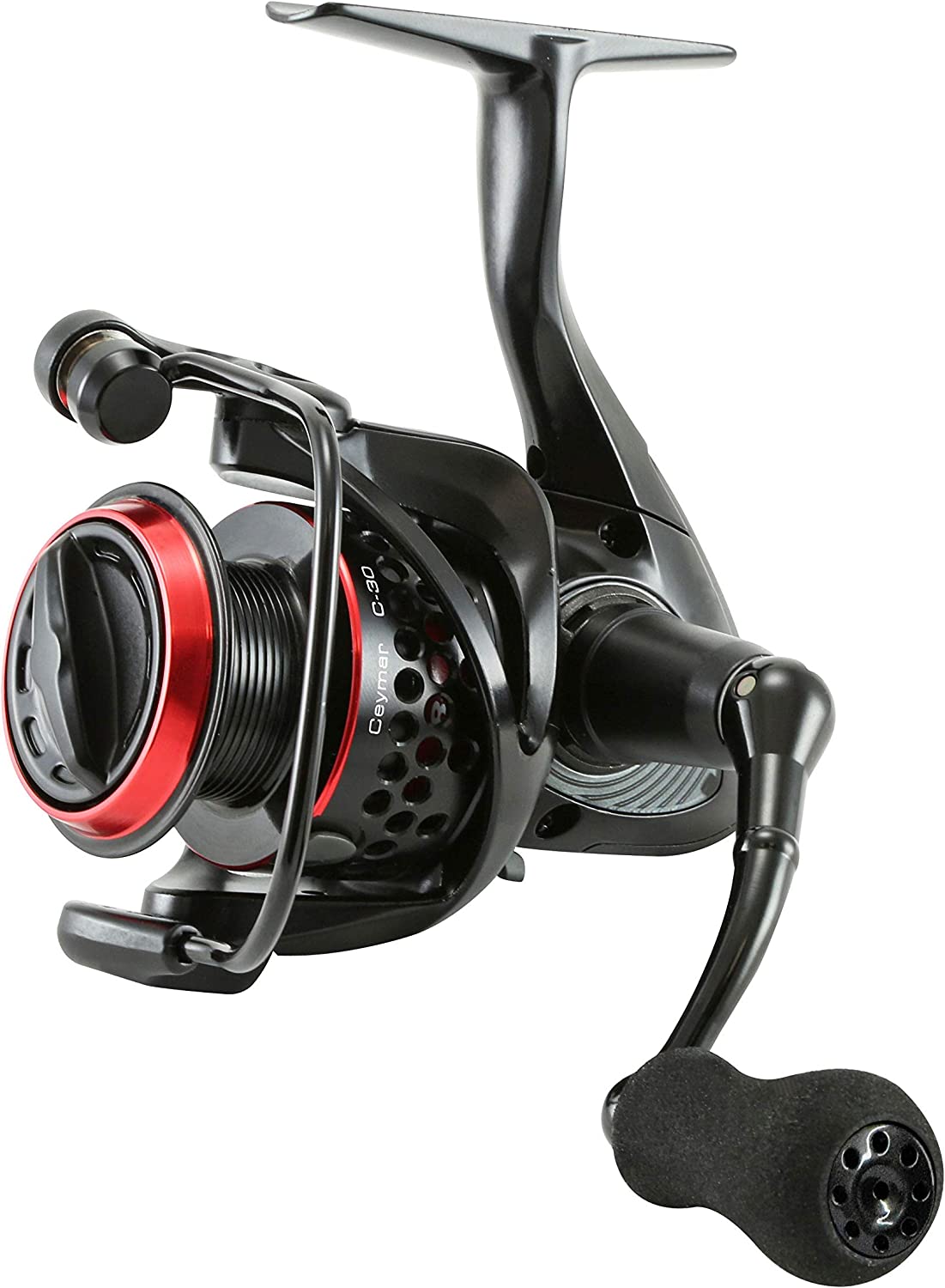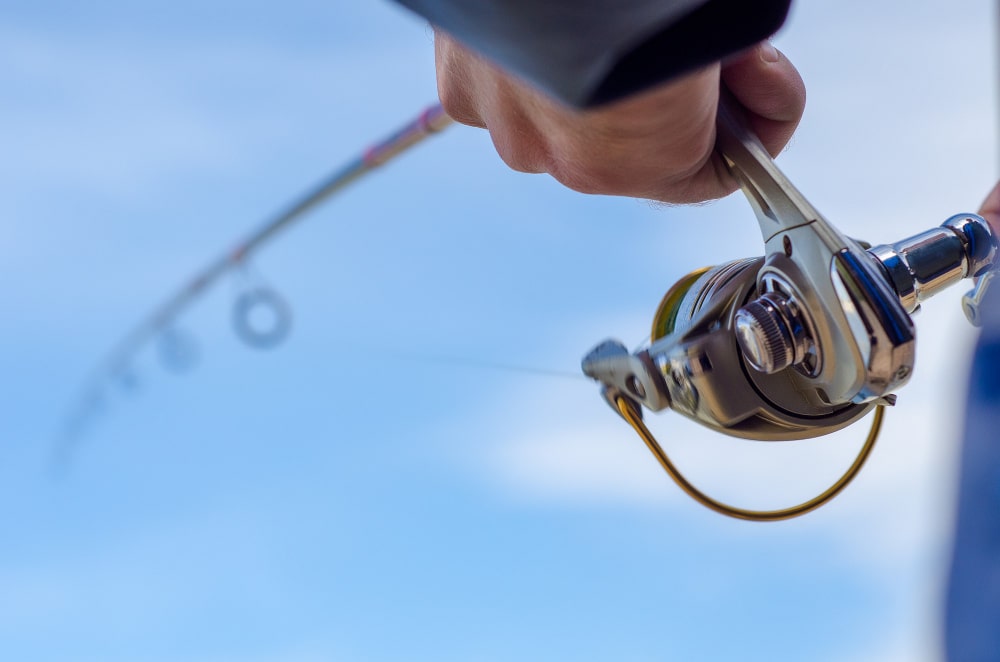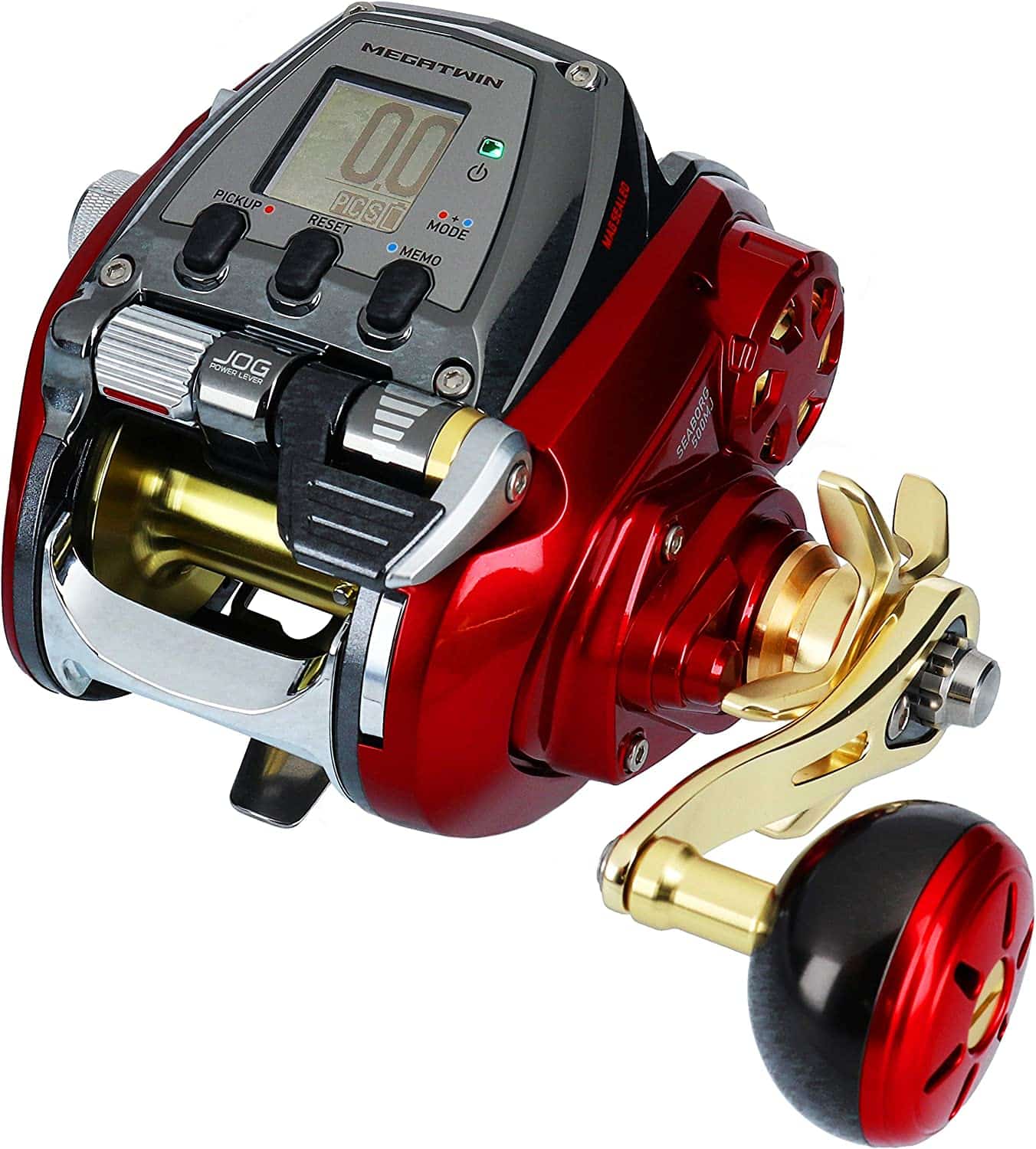Knowing how to clean fishing reels is very essential. Consistently cleaning and maintaining the entire reel can lengthen the service life and streamline your fishing trip. The frequency at which a fishing reel needs to undergo deep cleaning depends on the type of water.
Freshwater anglers should clean their fishing gear at least once after every five trips, while saltwater anglers should clean it after every trip.
The question of how to clean fishing gear has no simple and conclusive answer. Yes, there are exclusive tools and techniques necessary for simplifying the proper cleaning process, but that doesn’t limit anglers to distinct methodologies. You’re at liberty to do it your exclusive way, provided you use the recommended supplies and tools, though.
How to Clean Fishing Reels – Why Must You Do It
Before we even unravel how to clean a fishing reel completely, it’s indispensable to understand why you must do it. In salt water conditions, fishing reels are at a higher risk of getting corroded than in freshwater conditions.
However, whether salt or fresh, water particles buildup around your fishing reels, offering a breeding avenue for dirt and grime to develop, which could make the ball bearings and fishing gear corrode.
If the corrosion explodes further, it will affect the efficiency and health of the fishing reel. That would make the line lay uneven, reduce the cranking power, and make retrieval jittery. Over time, the fishing reel will end up failing.
Add life to your fishing reels by consistently cleaning, oiling, and greasing the bearings and fishing gear for your next fishing trip. If mechanically smart, dissembling the parts of the reel could be quite a challenge, but the good news is, most reels don’t have to be dissembled during the application of reel oil and grease.
How to Clean Fishing Reels – Products and Tools Needed
To clean your fishing reels, you need proper prior preparation, collecting the tools and products. Most reels need dissembling and assembling for anyone to unveil the inner parts for deep cleaning. Don’t start the thorough cleaning task before you’ve collected each of the following right tools and products:
- The reels’ user manual
- A list of the real parts
- Phillips head screwdriver and standard screwdriver
- A high-quality wrench
- Several toothpicks
- Tweezers
- A toothbrush or a brush of the same size with stiff bristles
- Synthetic reel grease
- Cotton swab or paper towels
- Soft cloth and a soft sponge
- Reel cleaner and light rod
- Synthetic reel grease
Steps On How to Clean Fishing Reels
Before you start to conduct reel cleaning, you’ve to first decide whether you’ll disassemble them. Dissembling a reel is definitely difficult, and if you have no mechanical experience, it won’t be easy. Fascinatingly, you don’t need to disassemble your reel to access the interior for quick cleaning.
However, the reel will be better cleaned when everything is dissembled. So, if you understand the mechanics, set everything apart, and get working on all parts, starting from the innermost parts.
Clean the reel coil
Start by cleaning the reel coil. Detach the wire coil from the fishing reel by loosening the central screw. Check the interior and exterior actual mechanism to ensure it has been fully removed.
Remove grease and all foreign rudiments in the reel coil using a small brush and immersing it in distilled water. Once you’re done, rinse the reel coil and effectively clean it using a clean cloth or microfiber and paper towel. Do not grease the friction unit.
Clean and lubricate the rotation mechanism
The rotation mechanism must stay at peak efficient-wise. Before lubricating, the rotation mechanism, pass clean water moistened microfiber on the exterior surface. Follow the user manual to do a clean and thorough job as per the recommended guidelines.
Once you’ve cleaned the rotation mechanism or handle knobs, lubricate it properly. Lubricate the coil and the main shaft, as well. You must use high-quality lubricant for superb lubrication and optimal protection against excess moisture.
Clean the reel
Get the reel cleaned, as well. Start by cleaning the reel’s external components by gently rinsing it off with a wet soft cloth and soap. If the reels are brass or nickel coated, soaking them in vinegar for half an hour will ease reel cleaning and avoid them getting discolored.
Many detergents sold today contain acids that corrode and discolor fishing reels with brass or nickel coatings. Soaking them in vinegar before cleaning with these detergents will prevent corrosion and discoloration issues.
The rule of thumb when cleaning your fishing reels is to understand what they are made of and always use less-corrosive soaps. Avoid soaking the reel in water as that’s likely going to cause damage to the reel’s inner components or gear system.
Clean the spool
Another fundamental part of the fishing reels that must be cleaned efficiently is the spool. Don’t assume the spool is free from dirt, and impurities when thrown in the water while fishing.
Before you eventually start the cleaning exercise, disconnect the spool shaft from the fishing reel. Start washing the reel from the top and inner parts of the reel rotor. Use clean water and not salt water to clean and eradicate any existing impurities and grimes. When the reel is clean, don’t attach it back instantly. Allow it some time to air dry, but don’t place it under the scorching sun as that could damage it.
Oil and grease your fishing reel
Once your rod and reel are clean, then grease and oil the parts. Oiling and greasing the reel when clean will help minimize issues with corrosion. With proper lubrication, all the revolving components in the reel won’t wear out owing to friction. Don’t just use any lubrication at your disposal.
Rather, look for those unique lubricants uniquely crafted to be used on fishing reels. In spreading the grease or oil, use a toothpick or soft cloth for a quick and all-inclusive job. If you’ve dissembled the fishing reel, it would be best for you to put little oil and grease the essential parts before you assemble it back. That would save you time and get you to do a thorough job.
Rules to Follow When Cleaning Fishing Reels
In cleaning your fishing reels, mistakes can lengthen the process and even cause more damages. Follow these guidelines as outlined by specialists to avoid mistakes, which are:
Remove and secure the fishing line before you clean
One thing people forget when cleaning the fishing reel is to remove and secure back the fishing line. When loose, the line could impede subtle mechanisms, causing damage to the whole fishing gear. The damage could be so serious as to render the reel totally useless.
When the reel’s line is out of the way, you’ll have access to the spool shaft for easy and quick cleaning. By spending a few minutes detaching, proper cleaning, and attach back the fishing line, you will save lots of time that could be spent doing the cleaning.
Don’t use petroleum or solvents in cleaning plastic components
We all know gasoline, solvents, and diesel as powerful ingredients for thoroughly and quickly cleaning off grease and oil particles from surfaces. However, using any of these solutions to clean plastic components could be a risky endeavor.
Do a thorough and cleaner job with biodegradable reel and fishing rod cleaners, specially designed for use on rubber and plastic components. In simple words, you should by all means never use gasoline or diesel in cleaning the fragile plastic components in your reel and rod.
Avoid using TFE containing oils
In lubricating the bearings in your fishing reel, never use TFE containing lubes. TFE solidifies overtime to make the reel to jam, which could trigger bigger damages. You must never at any moment use viscous type oils and lubes if you must keep your fishing reel safe from gumming, gunk, and dirt buildup.
Don’t apply grease on your fishing reel’s gear teeth
While applying grease on the fishing reel’s gear teeth may not ideally have a serious impact on the reel itself, it could make your next fishing trip undesirable. That’s because when you cast the reel, the grease will probably drift tainting your clothing.
You can stay clear of such awful moments by ensuring you only apply the grease on other parts, but not the gear teeth. It saves you time, otherwise wasted cleaning the grease particles.
Avoid instances when the reel’s metal surfaces will come into contact with other metals
Fishing reel components work efficiently on metal-on-plastic components. Thus, when exposed to metal-on-metal surfaces, the reel ends up being destroyed. Also, never make the mistake of replacing plastic components with metal ones, assuming they will serve you longer since that could be the beginning of a disaster that could render the fishing reel useless.
At no moment should you ever use wire wool or steel wool to scrub metal components in your fishing reel. Reel components work with snug tolerances and when you scratch the surfaces, you could end up imposing avoidable wear and tear to the reel that could cause untimely failure of the affected parts.
I highly advise you to use microfiber cloths in all instances when cleaning fishing reel components.
You could also read about how to put braided lines on a spinning reel.
How To Clean Fishing Reels – Conclusion
In cleaning your fishing reels, you must be disciplined and careful not to make mistakes that could jeopardize the health and service life of the reels. Watch out for the cleaning tips on how to clean fishing reels we have recommended above and avoid rushing the cleaning process. Be sure to follow the cleaning routine carefully, ensuring you grease and oil the components often.
Share the Love
If you found this post useful, please let others know about it by sharing it.
Related Posts
If you found this post useful, please explore others posts.


